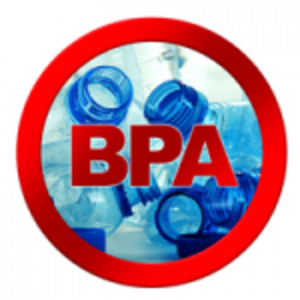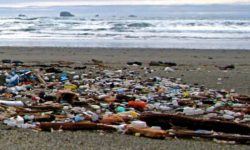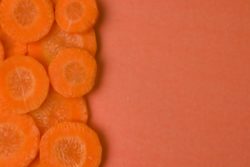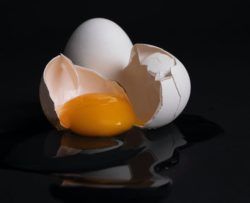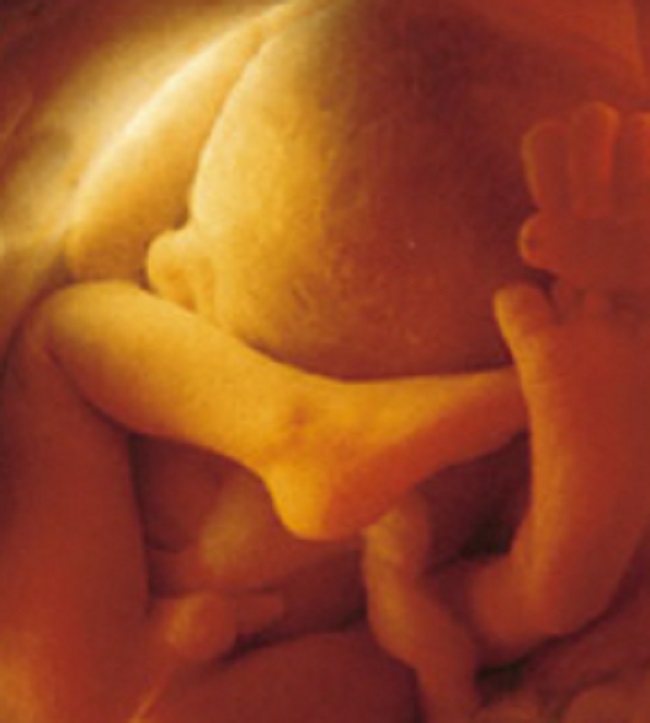Bisphenol A (BPA), the polycarbonate, endocrine disrupting plastic is pervasive in the environment. A recent National Health and Nutrition Examination Survey detected BPA in the urine of 95% of the participants. Along with other toxins, BPA has been found in the placenta and follicular fluid of pregnant women. Given its estrogenic actions and its ability to disrupt the normal equilibrium of maternal and placental hormones, scientists have begun to investigate what role BPA might have on infertility, pregnancy complications and fetal development. What they are finding is not good.
In the most recent set of experiments, researchers from Brigham and Women’s in Boston, found that in vitro BPA exposure to human eggs – oocytes, prevented the egg’s ability to mature and disrupted chromosome alignment and organization at the lowest dose possible; a dose lower than levels normally found in women’s ovaries.
The experiment used eggs discarded from patients undergoing IVF/ICSI cycles. The eggs were divided into two groups, those to be exposed to varying doses of BPA and a control group. Sibling pairs, eggs from the same mom, were placed into both the BPA and the control groups equally to reduce the possibility that any maturation errors in egg development might be linked other factors related to maternal infertility, such as age, weight or general health.
The eggs exposed to even the lowest doses of BPA failed to mature appropriately and higher doses were linked to an increased rate of error and maturation failure. Researchers note that this was preliminary study, but that their findings indicate BPA exposure might be linked into infertility at the most basic level – egg health and maturation.
From our perspective, this study suggests that couples contemplating pregnancy should eliminate BPA and other environmental toxicant exposure well before attempting to conceive. For couples having difficulties conceiving, it might be worth testing urinary BPA and other endocrine disruptors such as phthalates and reducing exposure to these chemicals prior to undergoing costly fertility treatments. Here are the four most effective ways you can minimize your exposure to BPA:
- Drink filtered tap water. This helps avoid water that has leached BPA from plastic containers.
- Use stainless steel water bottles or certified “BPA-free” containers.
- Avoid all canned foods, which are often lined with BPA containing resins. Eat fresh, non-processed, organic foods and avoid storing in plastic bags.
- Avoid the use of plastic utensils and dishes.
BPA is likely not the only source of endocrine disruptors. All plastics under normal conditions release estrogenic compounds. It may be wise to avoid plastics in general. Additional research on removing BPA and other chemicals from your diet can be found here.
